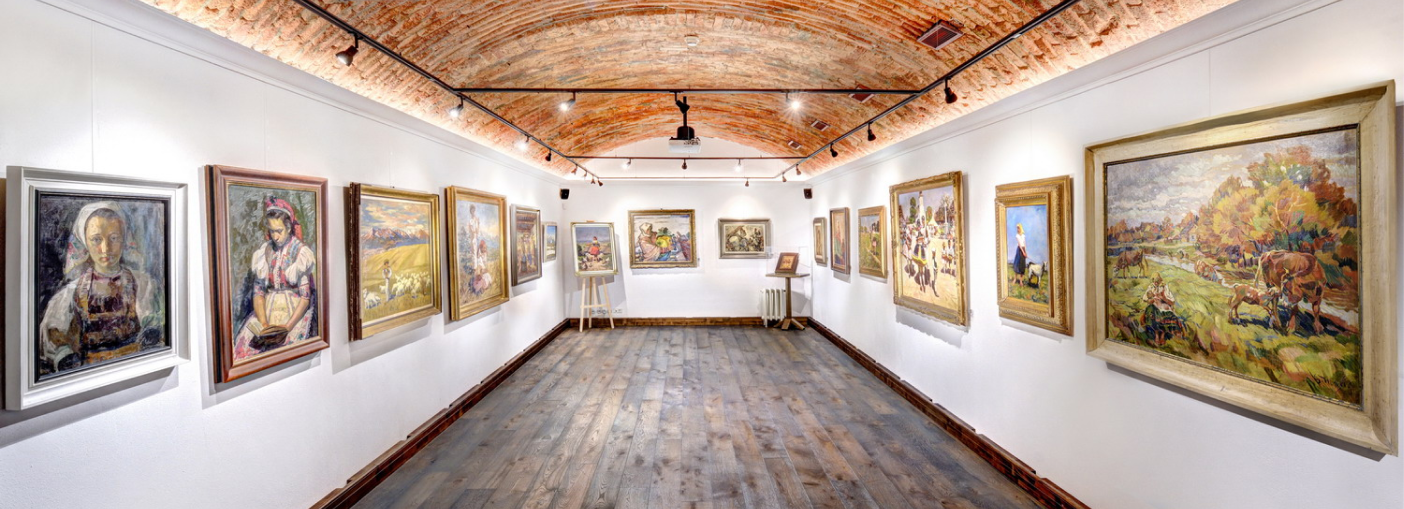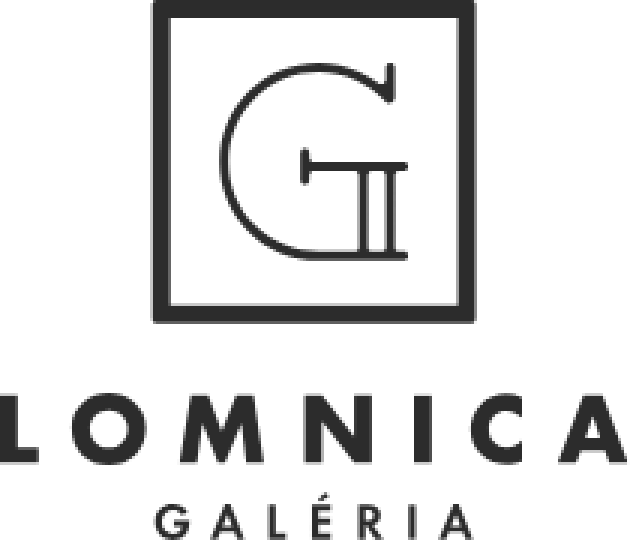
Imrich Weiner-Kráľ was born on 26th October 1901 in Považská Bystrica and died on 11th August 1978 in Bratislava. In 1919 – 1922 he studied at the Czech College of Technology and the School of Applied Arts in Prague (architecture and painting) and after 1922 he studied at the Academy of Fine Arts in Düsseldorf (professor Döhring, professor Heupl-Siegen), and the next year at the Academy of Fine Arts in Berlin and one year later at the École des Beaux-Arts in Paris. He also worked there briefly in the Colarossi and Grande Chaumiére ateliers. In 1924, he returned to Slovakia and lived in Považská Bystrica. In 1926 – 1927 he was drafted to the army and later worked as a drawer, skiing trainer and an official. In 1930 he stayed and studied in Paris for several months and the following two years he travelled intensively across West Europe (1930 – 1932) – he stayed e.g. in Bauhaus in Dessau. In 1932 – 1939, he worked in Bratislava and between 1939 and 1950 he lived in France where he joined the Resistance movement during the war. After 1945 he worked as an employee and later as the head of the Czechoslovak Bureau of Information in Paris. In 1950 he was deported from France (where he left multiple poetic-surrealist paintings with his daughter) and lived in Bratislava until his death. He was a member of the Hungarian Society for Science, Literature and Arts, SUM, as well as the Bratislava-based Kunstverein. In 1946 he joined the Society of Arts of Slovakia. Besides painting, he was also a graphic artist (the woodcarving cycles titled “Bratislava“, 1936 – 1937 and “The Road”, 1946). He held individual exhibitions in Žilina (1929 – 1930), Bratislava (1930, 1933 with Gwerk, 1936 with F. Malý, 1958, 1961, 1966, 1971 – 1972 with F. Malý, 1985), in Brno (1936 with F. Malý), Zaandam (1938), Amsterdam (1938), Rouen (1947), New York (1947), Rio de Janeiro (1949), Coulomniers (1959), Prague (1962) and, Los Angeles (1969). He had anthology exhibitions in Trenčín (1986, Gallery of M. A. Bazovský), Čadca (1987, Kysuce Gallery) and Bratislava (Slovak National Gallery, 1991 – 1992). Weiner-Kráľ was for the first time established as a distinct artist by his series of ironic, even sarcastic social themes from the Bratislava periphery (especially the ‘red-light district’ of Vydrica). In 1930s, he belonged among the creators of the Slovak ‘folkloristic’ version of surrealism or poetic ‘over-realism’. This work with poetic logic of picture composition, where real objects enter various proportionally manipulated unreal (but visually justified) connections belongs to the top works of classic Slovak interwar modern art. After a brief period of schematism in the 1950s, Weiner-Kráľ returns to imaginative painting. Along with the smaller-size painting, the author consistently paints with watercolours, where he tends to show more respect to the visual framework of landscape and figural themes, however, his colours do possess a certain degree of dreaminess and lyricism. Bibliography: Váross, M.: Slovenské výtvarné umenie 1918 – 1945. Bratislava 1960, s.141 – 144; Váross, M.: Imro Weiner-Kráľ. Bratislava 1963; Peterajová, Ľ.: Kapitola z dejín slovenskej výtvarnej moderny (K 70. narodeninám I. Weinera-Kráľa). Výtvarný život, 15, l970, l0, s. 11 – 14; Ilečková, S.: Imro Weiner-Kráľ (1901 – 1978). Katalóg Slovenskej národnej galérie. Bratislava 1991; Srnenská, D., Münzová, A.: Imro Weiner-Kráľ. Bratislava 2002.
